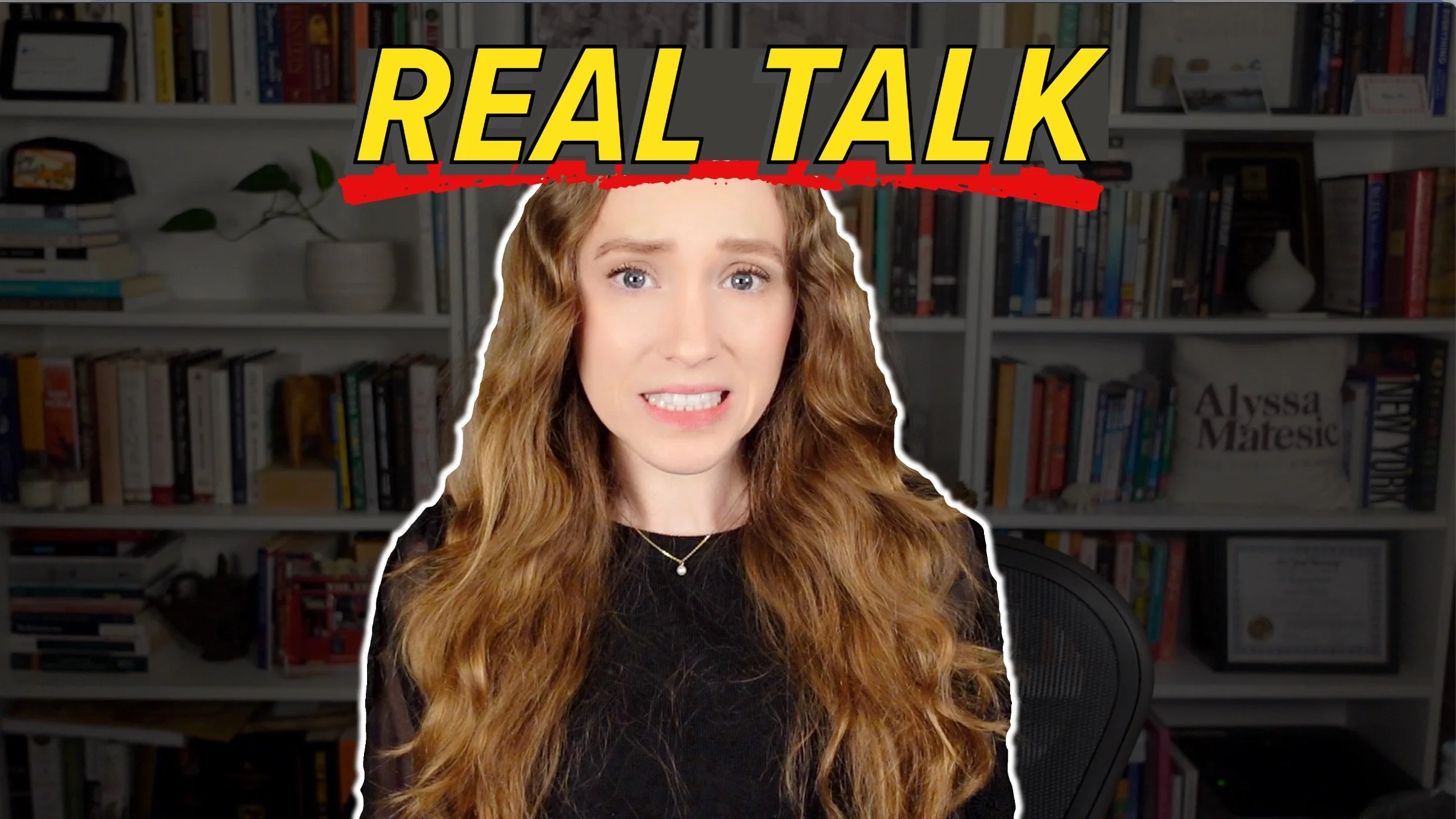The Book Hook: What it Is, Why It Matters, and How to Write a Good Hook for a Book
HIT PLAY OR READ THE POST BELOW:
Every book needs a hook — but do you know yours? Nailing your book hook can be the difference between you signing with a literary agent, getting a book deal and selling thousands of copies, and your book sitting unread on your laptop. It’s truly that important.
But what is a hook, exactly? Why do literary agents and publishers care so much about it? And how do you identify your book's unique hook?
I'm a book editor who used to work in Big Five publishing, and I'm going to share what a book hook is, why it's so important in the industry and talk about four techniques you can use to identify your book hook with examples from real bestsellers. Make sure you stick all the way to the end where I go through four of the most common mistakes I see authors fall into when coming up with their book hooks so that you can avoid them when you go to craft yours!
What is a Book Hook?
First things first: what is a book hook, exactly? In publishing, a hook is sometimes called your elevator pitch, your one-line pitch or sometimes a log line. It refers to a short, snappy description of your book that compels someone to want to pick it up and read it. It highlights the most compelling, unique aspects of your story that make it stand out. Think of it as the bait that you put out to draw agents and readers into your story.
Books that have strong, identifiable hooks tend to have better marketing and sales potential, which is why a hook is so important in the publishing industry, where the goal is to make as many sales as possible. This is why books with strong hooks tend to get more traction when querying literary agents, as well.
Note that sometimes authors refer to the hook as different elements of the opening of the book in general, but in the publishing industry, the hook is typically referring to this elevator pitch.
The hook is so important that some authors come up with the hook before they even write a word of the story. But if you already have a complete draft, don't worry — I promise your hook is somewhere in there. We just need to find it!
The goal is for someone to hear your hook and say, “I have to read that!”
Why the Hook is So Important
So, why is it so important for you to identify your hook? Agents and publishers often talk about looking for books with strong hooks because they want books that can generate buzz, that can attract a readership and that can stand out in a crowded publishing market.
If you're querying, you might even come across agents who specifically request a one-line pitch as part of their query instructions. That's why it's good to have the hook on hand. And if you're pitching a literary agent in a one-on-one meeting at a conference or at another writing event, or if you're participating in a social media pitching event, you'll also want to use the hook there.
But even if you already have an agent or if you're planning to self-publish, it's still very helpful to know your hook because this allows you to easily talk about your book and explain what it delivers to readers. I know l've been in so many situations where I ask a writer what their book is about and they struggle to answer, which I understand because your book is about so many different things. But the hook is a way for you to distill down the most compelling elements of your story in an enticing and irresistible way.
Common Types of Book Hooks
Now let's get into four of the main types of hooks with examples from real bestselling novels. Hooks are as unique as the books that they describe, but these are four of the most common types of hooks you'll see:
1. Setting or Worldbuilding Hooks
If your story has a particularly imaginative, distinct setting that is important to the characters’ journeys, you could lead with your setting in your hook. This technique works especially well for historical fiction, fantasy, and sci-fi.
For example, here's a way to describe the hook for Dune by Frank Herbert:
“On a desert planet, a young nobleman must navigate deadly political battles to harness the power of a mysterious spice that could change the fate of the universe.”
Here, we're immediately oriented to some of the important elements of the novel's world, including that it takes place on a desert planet and that the mysterious spice is a core component of the conflict.
2. Plot Hooks
The next type of hook is a plot hook, which works especially well if you have an intriguing premise that sets up an exciting or thrilling turn of events. Novels that can be described as high-concept often do well with a plot hook.
For example, a plot hook for Project Hail Mary by Andy Weir could be:
“A lone astronaut wakes up millions of miles from home with no memory of who he is or what he needs to do to save humanity.”
It’s the character's situation that makes the story fresh and exciting, so that is what is highlighted in this plot hook.
3. Character Hooks
The next type of hook is a character hook, which is especially useful if you have a strong protagonist who is unusual, quirky or lovable, and it's your character that readers are coming to your story for.
For example, here's a potential character hook for Eleanor Oliphant is Completely Fine by Gail Honeyman:
“A socially awkward, solitary woman discovers that opening her heart to others may be the only way to heal her own wounds.”
There’s immediately tension created in this hook because we understand that the woman is socially awkward and solitary yet needs to make relationships with others to progress on her journey, so we're eager to see how that conflict plays out and what happens to her.
4. Theme Hooks
Finally, the last type of hook is a theme hook, which works especially well for stories that have an overarching message they’re trying to convey.
For example, It Ends With Us by Colleen Hoover could be pitched with a theme hook. Something like:
“A young woman confronts painful truths about her past and what she wants out of love when her new partner begins to mirror the abusive behaviors she to leave behind.”
From this hook, we immediately understand that domestic abuse is going to be a theme explored in the story.
Now, these are not the only ways to write a hook for your book, and your hook might encompass elements from different approaches, but these are the most common hooks you’ll see and offer a good place for you to start. If you're not sure what your hook is, maybe even try writing a hook from all four different elements for your story and see which one feels the most exciting.
Common Mistakes When Writing Your Book Hook
Now that we know what a hook is, why it's so important and four techniques for crafting a strong hook, let's talk about the four most common mistakes I see authors make when crafting their hooks.
1. It’s Too Vague
By far the biggest issue I see authors make when they're writing their hook is making it too vague. While you don't want to include spoilers in your hook, it does need to be specific enough so that your reader or a potential agent will understand what is special and enticing about your story.
For example, a hook like, “an aging screenwriter struggles to revive his career“ is quite vague and not all that interesting, but we could revise this hook to something like:
“An aging screenwriter gets the opportunity to revive his career when his seminal project from 50 years ago goes viral on TikTok.”
Do you see how the second one is so much more specific and therefore interesting?
2. It’s Misleading
The next common mistake writers make with their hook is making it misleading. You have to make sure that your hook actually matches the content and focus of the story itself — otherwise your reader might feel misled if you draw them into the story with a hook that actually isn't what the story is all about. You don't want to bait and switch your reader or an agent.
3. It’s Too Long
Another hook mistake is making it too long. The hook should be short and snappy by design — ideally one sentence, but no more than two.
Sometimes authors get confused between the hook and the plot blurb that goes into your query letter, which is typically a couple paragraphs. In your plot blurb, you can go into more detail regarding the plot and the characters and the stakes, but your hook should be short and sweet.
4. You’re Confusing the Hook With Other Elements of Your Pitch
Finally, another common hook mistake is mistaking the hook for other elements of your pitch. Your hook might or might not be part of your query letter text, but it doesn't replace that plot blurb section I just talked about. Similarly, it doesn't replace your comparable title section. Your hook is really an additional asset in your pitching portfolio.
If you can zero in on the most enticing element of your story, craft a strong hook around it, and avoid these common book hook mistakes, you’ll nail your hook and wow literary agents and publishers. Thanks so much for reading, and happy writing!





